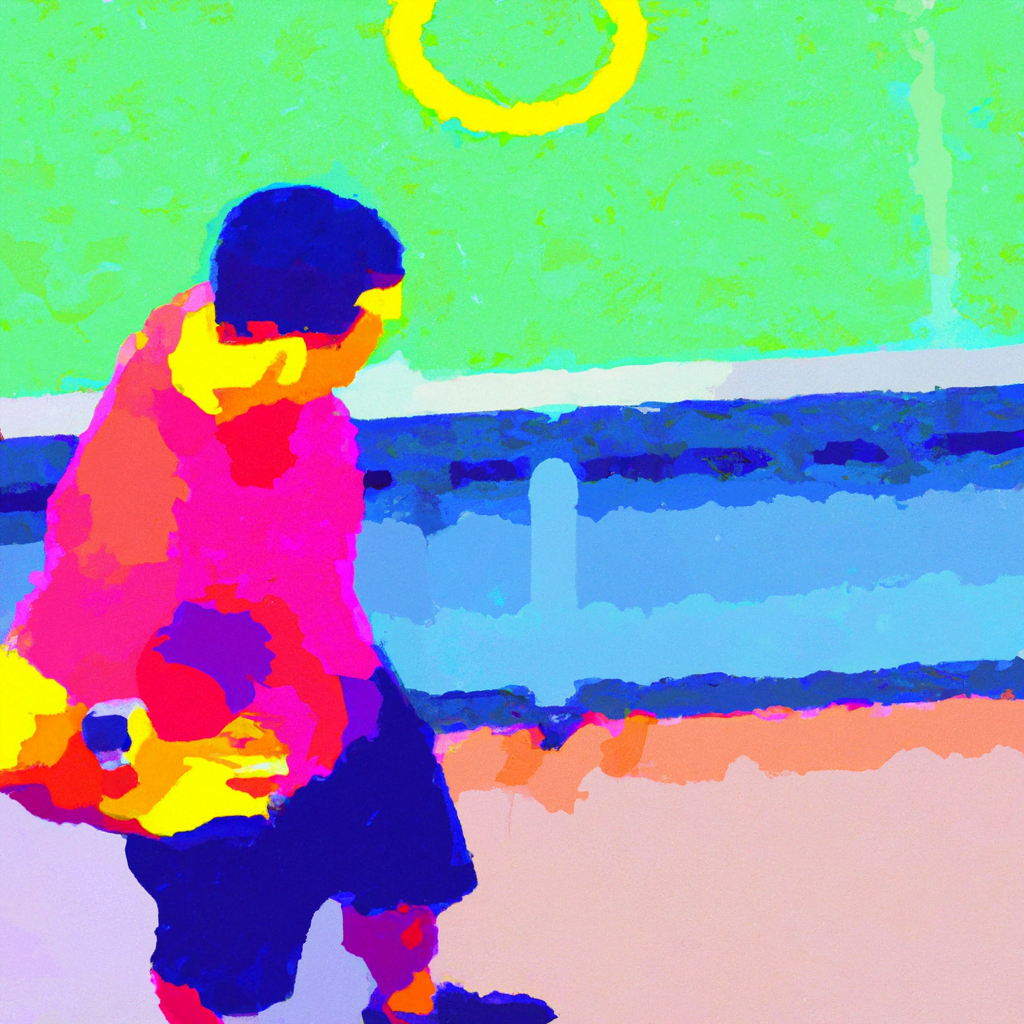
Using Illustration to Enhance User Experience in Web Design

When it comes to web design, user experience (UX) plays a crucial role in determining the success of a website. A well-designed website not only looks visually appealing but also provides a seamless and intuitive experience for its users. One effective way to enhance UX is through the use of illustrations. In this article, we will explore the benefits of using illustrations in web design and how they can significantly improve the overall user experience.
The Power of Visual Communication
Humans are visual creatures, and we process visual information much faster than text. According to a study by 3M Corporation, visuals are processed 60,000 times faster than text, making them an incredibly powerful tool for communication. By incorporating illustrations into web design, designers can leverage this power to convey complex ideas and messages more effectively.
Illustrations have the ability to simplify complex concepts and make them more digestible for users. They can be used to explain abstract ideas, demonstrate processes, or showcase products and services. For example, a financial website can use illustrations to visually represent investment strategies or explain complex financial terms, making it easier for users to understand and engage with the content.
Creating a Memorable and Unique Brand Identity
In today’s competitive digital landscape, it is essential for businesses to stand out from the crowd. Illustrations can play a significant role in creating a memorable and unique brand identity. By using custom illustrations that align with the brand’s personality and values, businesses can differentiate themselves from their competitors and leave a lasting impression on their users.
Take MailChimp, for example. The email marketing platform uses a distinctive illustration style throughout its website and marketing materials. These illustrations not only add a playful and friendly touch to the brand but also help users associate the illustrations with MailChimp’s services. This consistent use of illustrations has contributed to MailChimp’s strong brand recognition and loyalty.
Enhancing Emotional Connection and Engagement
Emotions play a significant role in shaping user behavior and decision-making. By incorporating illustrations that evoke specific emotions, web designers can create a more engaging and memorable user experience. Illustrations have the power to evoke emotions such as joy, excitement, trust, or even nostalgia, depending on the style and content.
For instance, Airbnb uses illustrations to create a sense of adventure and excitement on their website. The illustrations depict various travel destinations and experiences, instantly capturing the attention of users and igniting their desire to explore. By evoking positive emotions, Airbnb enhances the overall user experience and encourages users to take action.
Improving Usability and Navigation
Illustrations can also be used to improve the usability and navigation of a website. By visually guiding users through the interface, illustrations can help users understand the website’s structure and find the information they are looking for more easily. This is particularly useful for complex websites with multiple sections or intricate processes.
Slack, a popular team collaboration tool, effectively uses illustrations to guide users through their onboarding process. The illustrations provide step-by-step instructions, making it easier for new users to set up their accounts and start using the platform. This visual guidance not only improves the usability of the website but also reduces the learning curve for new users.
Case Studies and Statistics
Several case studies and statistics support the effectiveness of using illustrations in web design to enhance user experience:
- A study by Nielsen Norman Group found that users pay close attention to illustrations that are relevant to the content and can help them understand the information better.
- In a case study conducted by Dropbox, they found that incorporating illustrations into their onboarding process increased user engagement and reduced the number of support requests.
- A survey by Adobe revealed that 73% of respondents preferred websites with unique and custom illustrations over those with generic stock photos.
Conclusion
Illustrations have the power to enhance user experience in web design by simplifying complex concepts, creating a unique brand identity, evoking emotions, and improving usability. By leveraging the power of visual communication, businesses can create a more engaging and memorable user experience, ultimately leading to increased user satisfaction and conversions.
When incorporating illustrations into web design, it is crucial to ensure that they align with the brand’s personality and values. Custom illustrations that are relevant to the content and evoke the desired emotions will have a more significant impact on the user experience. Additionally, designers should consider the usability and navigation aspects, using illustrations to guide users through the interface and make their journey more intuitive.
As the digital landscape continues to evolve, the use of illustrations in web design will likely become even more prevalent. By embracing this trend and harnessing the power of illustrations, businesses can create websites that not only look visually appealing but also provide a seamless and enjoyable user experience.
